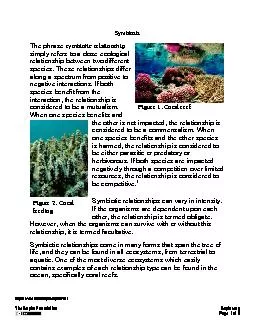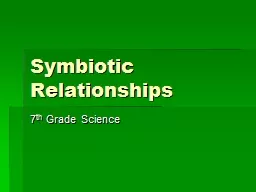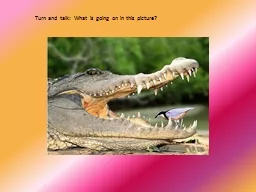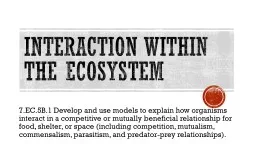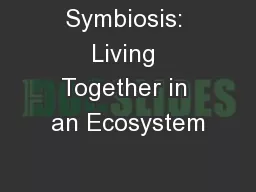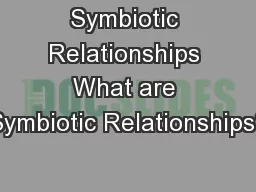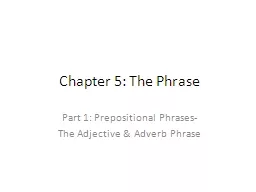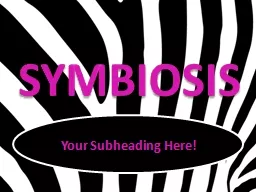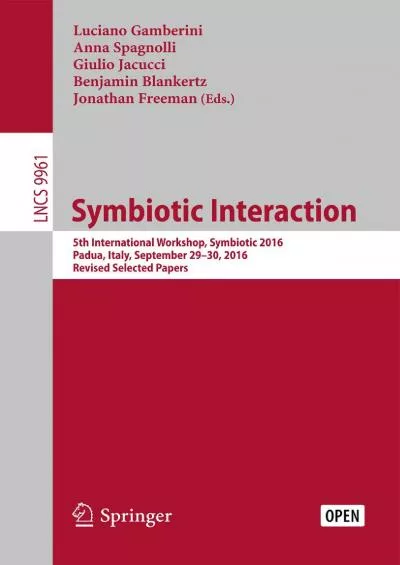PDF-Page of 6 Symbiosis The phrase symbiotic relationship simply refers t
Author : olivia-moreira | Published Date : 2015-11-09
Page Page Page of 6 Coral reefs are considered to be among the most ecologically diverse systems in the world Coral reefs are created from small coral animals which
Presentation Embed Code
Download Presentation
Download Presentation The PPT/PDF document "Page of 6 Symbiosis The phrase symbioti..." is the property of its rightful owner. Permission is granted to download and print the materials on this website for personal, non-commercial use only, and to display it on your personal computer provided you do not modify the materials and that you retain all copyright notices contained in the materials. By downloading content from our website, you accept the terms of this agreement.
Page of 6 Symbiosis The phrase symbiotic relationship simply refers t: Transcript
Download Rules Of Document
"Page of 6 Symbiosis The phrase symbiotic relationship simply refers t"The content belongs to its owner. You may download and print it for personal use, without modification, and keep all copyright notices. By downloading, you agree to these terms.
Related Documents

